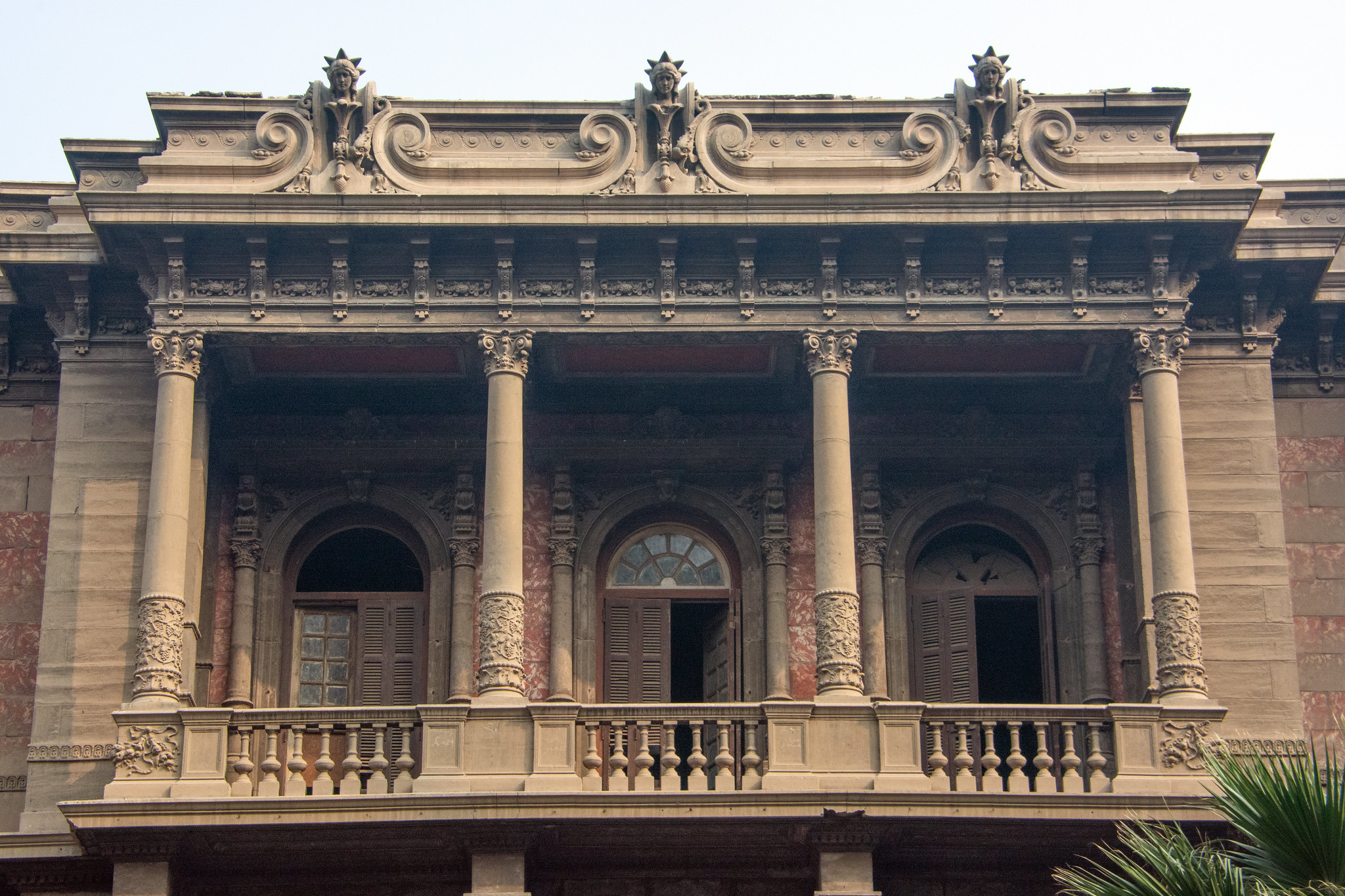Built on Egyptian concrete for Turkish roots, what was once a vibrant edifice housing Said Halim Pasha, is now a forgotten relic of the Ottoman past. Said Halim Pasha was an Ottoman statesman of Egyptian origin, who served as the Grand Vizier of the Ottoman Empire from 1913 until 1916. He was the grandson of Muhammed Ali, the engineer of modern Egypt. Apart from his political aspirations and affiliations, Said had an eye for architecture, a trait he attained from his grandfather’s agenda. On Champollion Street, which is home to galleries and museums, stands the beautiful Said Halim Pasha palace. It was designed by the court architect, Antonio Lasciac, who was familiar with the splendor of Egyptian architecture; he had clients from all over Egypt, including members of the Khedivial family and Cairene notables. Among Lasciac’s eminent works are Talaat Harb’s Banque Misr on Mohamed Farid Streets, the Palace of Princess Nimet Kemaleldine that sits across from the Arab League Headquarters in Tahrir Square, and Alexandria’s Montaza Palace. Enamored by the majestic grandeur and simplicity of Rome – the city he would be assassinated in years later– Halim’s choice of…



